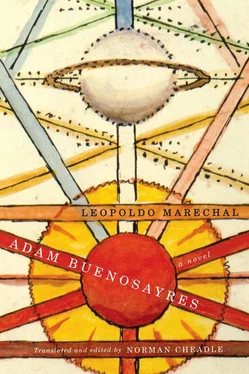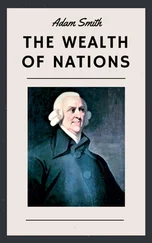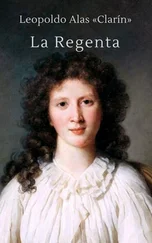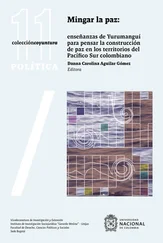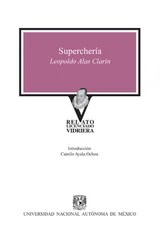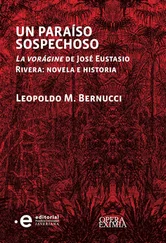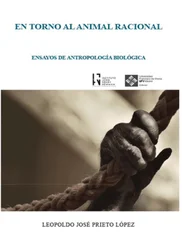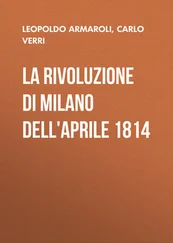22 “Cuatro palomas blancas, / cuatro celestes, / cuatro coloraditas / me dan la muerte.” This traditional folksong appears as the epigraph to Marechal’s poem “Elegía del Sur” [Elegy for the South] in Poemas australes (1937) (OC I, 195).
23 “Cucú, cucú / cantaba la rana, / cucú, cucú, / debajo del agua.” A traditional lullaby.
24 Manitou has usually been translated by Europeans as the Creator or Great Spirit; Barcia (164n) perpetuates the missionary spirit by equating the term with the Hebreo-Christian Dios (God). Manitou, or Manitú , as Marechal writes it in Spanish, is the European deformation of a term currently transliterated as Mnidoo , according to Mary Ann Noakwegijig-Corbiere, translator and native speaker of Nishnaabemwin (Ojibwe). This word is specific to the Nishnaabemwin, one of the languages in the Algonkian language group spoken in most of Ontario and parts of Quebec. Barcia assumes that Oppavoc means tobacco, which seems logical. The word does appear to be a variant of uppovac , “tobacco” in the language spoken by the Virginia tribes (Dixon 24), but it is not even close to the Nishnaabe word for tobacco, semaa . However, the Nishnaabe were great travellers who worked a continental web of trade connections in the pre-Columbian era and afterwards; the Nishnaabe word for pipe, opwaagan , is not too far removed form the Virginia tribes’ uhpoocan , in turn related to uppovac (Dixon 24), a similarity that would be explained by the northward transfer of the pipe technology through trade relations. Thus, it seems a happy accident that Adam’s flight of fancy not only personifies his pipe Eleonore, but also metonymically conflates a gift of nature (tobacco) with the human artifact devised for its consumption (pipe). [My thanks to Dr Noakwegijig-Corbiere (University of Sudbury) and linguist J. Randoph Valentine (University of Wisconsin at Madison) for generously sharing their expertise on this point.]
25 paraíso — literally “paradise,” but here referring concretely to the bead-tree.
26 The German philosopher Arthur Schopenhauer (1788–1860) wrote: “[Through the sexual impulse] the will of the individual appears at a higher power as the will of the species… But what appears in consciousness as a sexual impulse directed to a definite individual is in itself the will to live as a definitely determined individual. Now in this case the sexual impulse, although in itself a subjective need, knows how to assume very skilfully the mask of an objective admiration, and thus to deceive our consciousness; for nature requires this strategem to attain its ends” (Schopenhauer, The World 340–1). The theme is a constant in Schopenhauer. In his late work, Parerga and Paralipomena , he writes that “sexual desire, especially when through fixation on a definite woman it is concentrated to amorous infatuation, is the quintessence of the whole fraud of this noble world; for it promises so unspeakably, infinitely, and excessively much, and then performs so contemptibly little” ( Parerga 316). Elsewhere, Marechal chastises Schopenhauer for his misogynistic “grosería” (“Victoria Ocampo y la literatura femenina,” OC V, 296).
27 Rose of Lima (1586–1617) was the first canonized saint to have been born in the Americas. Lines from Marechal’s hagiographic Vida de Santa Rosa de Lima (1943) appear in Adam’s discourse on poetics in Book Four. As María de los Angeles Marechal notes (126), Adán came out on 30 August in honour of Santa Rosa’s liturgical feast day.
28 Koriskos or Coriscus was one of Plato’s disciples in the Academy. However, as becomes evident in the second chapter of Book One, Adam is likely recalling a passage in Aristotle’s disquisition On Dreams . To illustrate the case of a dreamer who is aware that he or she is dreaming, Aristotle writes that “something within him speaks to this effect: ‘the image of Koriskos presents itself, but the real Koriskos is not present’ ” (Aristotle 734). Adam decontextualizes the Aristotelian passage and (mis) applies it to his own situation: in the next chapter, he will see Samuel’s sleeping body and note that Samuel, being asleep, is not really present. Barcia (166n), in what seems rather a stretch, proposes to conflate Koriskos with Choricus , king of Arcadia and father of the inventors of the art of wrestling and the palaestra . [I am grateful to Dr Louis L’Allier of Thorneloe University in Sudbury for sharing his expertise on this point.]
29 Leopoldo Lugones (1874–1938), modernist poet of the generation prior to the 1920s avant-garde that included Marechal. The image of a “telepathic cock” is from Lugones’s poem “Claro de luna” [Moonlight], in Lunario sentimental (1909). In his “Retrueque a Lugones” ( Martín Fierro 26, December 1925), Marechal famously, and cheekily, polemicized with Lugones on the issue of traditional rhyme and metre (defended by Lugones) versus free verse, championed by the avant-gardists.
30 General José de San Martín (1778–1850), a hero of the South American wars of independence. From Buenos Aires he led the Expedición de los Andes , crossing the mountains to liberate Chile in 1817 and proceeding north to meet Simón Bolívar finally in Guayaquil in 1822. Known as the Santo de la Espada [Saint of the Sword] for his honourable conduct as a revolutionary military hero, he apparently harboured no personal political ambitions. He is commemorated in public monuments throughout South America. In Buenos Aires, the Plaza de San Martín, a large, beautiful park in the heart of the city, features an immense statue of the general on horseback. In his essay “Narrar a San Martín” (2005) [Narrating San Martín], Martín Kohan looks at the mythification of San Martín as a founding father of Argentina.
31 Spanish translation of Cuore (1886) [Heart], a sentimental children’s novel by the Italian Edmondo de Amicis. Barcia (171n) notes its great popularity in Argentina. Navascués ( AB 113n) notes that part of the plot takes place in Argentina.
32 “Viernes Santo, Viernes Santo, / día de grande Pasión, / cuando lo crucificaron / al Divino Redentor.”
33 Juan de Garay, the Spanish explorer who founded Buenos Aires in 1580. (A failed attempt to found the city had been made by Pedro de Mendoza in 1536.)
34 Juan Manuel de Rozas (or Rosas), a Federalist with rural and popular support, upon assuming power named himself the Ilustre Restaurador de las Leyes [Illustrious Restorer of Law and Order] and ruled his Santa Federación [Holy Federation] with an iron fist from 1829 to 1852. The Mazorca (so called because their emblem was a mazorca or ear of corn) was his ferocious police force. The political enemies of the populist-nationalist Federalists, allied with the Catholic Church, were the Unitarians — urban, liberal, Europhile.
35 Amalia , by José Mármol (see 628n3). A few elements of Grampa Sebastián’s story seem to be taken from Mármol’s novel. Mármol always characterizes Rosas’s people as ferocious and bestial, like the two Mazorca agents in Sebastián’s story; Mármol describes one Federalist soldier, for example, as having “a physiognomy in which one could not distinguish where the beast ended and the human began” (Mármol 65b). At the outset of Marmol’s novel an initial group of six Unitarians are attempting to cross the river in a whaleboat to reach Uruguay and join the army of General Lavalle, who was preparing to attack Rosas in Buenos Aires; hence, Rosas’s suspicion that Sebastián has been smuggling “savage Unitarians.” The latter insult is endlessly repeated by the Federalists in Amalia . Manuelita, daughter of Rosas, is portrayed by Mármol sympathetically as a victim of her paranoid and despotic father; her task was to guard his person and “keep watch over the house, the doors, and even his food” (Mármol 291a). Sebastián’s passage through an entrance hall or zaguán to a patio where a mulatta mashes corn recalls the episode in Amalia set at the house of Rosas’s sister-in-law, María Josefa Ezcurra (an important figure in Rosas’s police apparatus); the zaguán and patio of the house were swarming with a “multitude of negresses, mulattas, chinas , ducks, hens, and every other animal created by God,” as well as a group of men condemned to the gallows (64b), the fate that Adam Buenosayres’s Grampa Sebastián escapes.
Читать дальше
